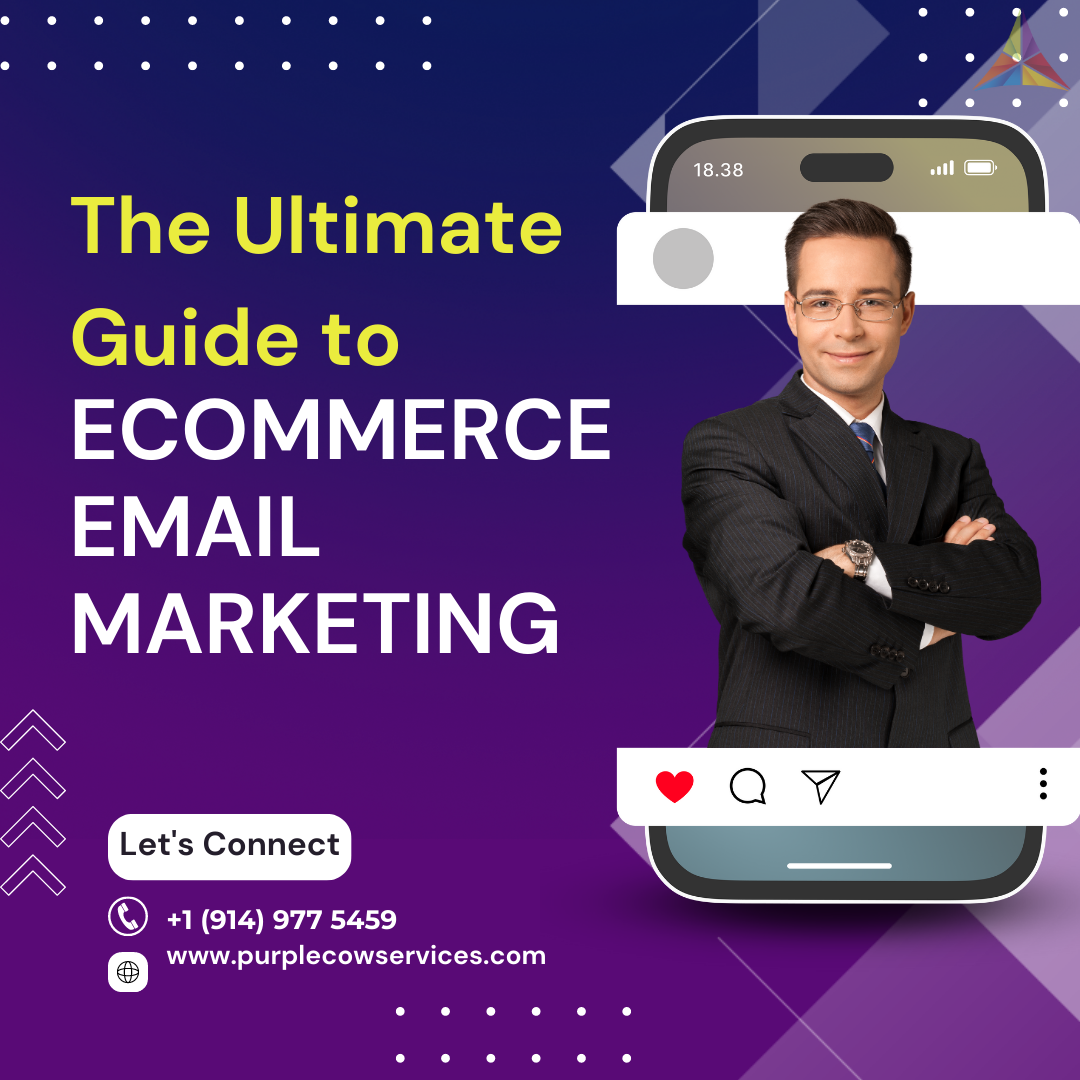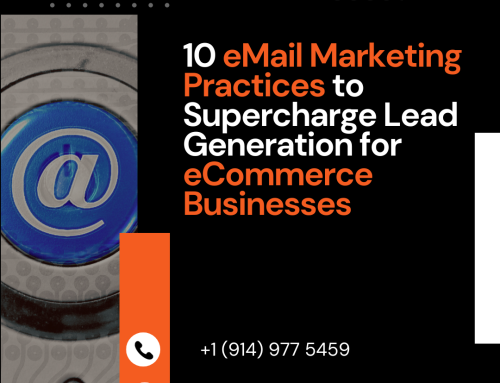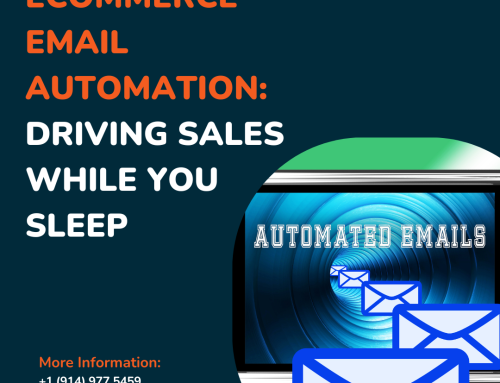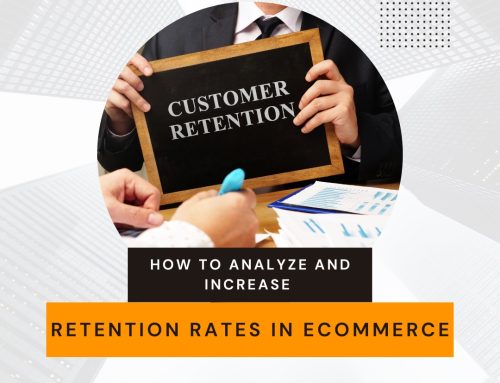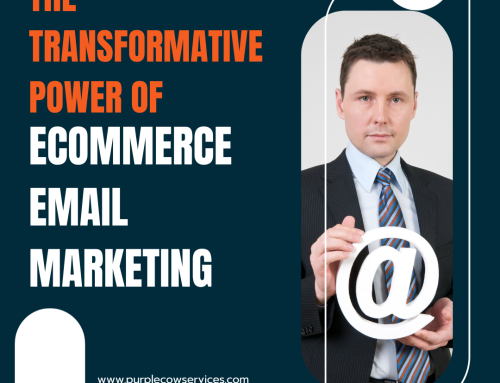eMail marketing is a powerful tool that can significantly impact the success of an eCommerce business. It enables you to establish connections with your audience, foster relationships, and generate successful conversions.
Share This Story, Choose Your Platform!
In this ultimate guide to eCommerce eMail marketing, we will explore the strategies, best practices, and tips to help you maximize the potential of your eMail campaigns.
Why is eMail Marketing Important for eCommerce?
eMail marketing is a vital component of any successful eCommerce business for several reasons. Firstly, it enables you to reach a wide audience directly in their inbox. Unlike social media or other advertising channels, where algorithms and competing content can limit your visibility, eMail ensures that your message is delivered to your subscribers.
Secondly, eMail marketing allows you to establish a personal connection with your customers. By crafting targeted and personalized eMails, you can address their specific needs and preferences. This level of personalization builds trust, increases engagement, and enhances customer loyalty.
Furthermore, eMail marketing is highly cost-effective. Compared to traditional marketing channels, such as print or television, sending eMails incurs minimal expenses. It is an efficient way to communicate with your audience and achieve a high return on investment (ROI).
Building an Effective eMail List
The cornerstone of effective eCommerce email marketing lies in cultivating a high-quality email list. Here are some key strategies to grow your list:
- Opt-in forms: Place strategically designed opt-in forms on your website, landing pages, and blog to encourage visitors to subscribe to your eMails.
- Lead magnets: Offer valuable content, such as ebooks, guides, or exclusive discounts, in exchange for eMail subscriptions. This incentive motivates visitors to share their eMail addresses.
- Segmentation: Segment your eMail list based on demographics, purchase history, and user behavior. This allows you to send targeted eMails that resonate with specific segments of your audience.
- Pop-ups and exit-intent forms: Use pop-ups and exit-intent forms to capture visitors’ attention and persuade them to subscribe before leaving your site.
- Social media promotion: Leverage your social media presence to promote your eMail newsletter and encourage followers to subscribe.
Crafting Engaging eMail Content
Once you have a solid eMail list, it’s time to focus on creating compelling and engaging content. Here are some tips to help you craft effective eMails:
- Subject lines: Write attention-grabbing subject lines that entice recipients to open your eMails. Keep them concise, compelling, and personalized whenever possible.
- Personalization: Address your subscribers by name and personalize the eMail content based on their preferences and past interactions. This level of personalization makes your eMails feel more relevant and increases engagement.
- Clear and concise messaging: Keep your eMail content concise and to the point. Use short sentences and paragraphs to make it easy to read and understand. Avoid jargon and technical terminology that could potentially confuse your audience.
- Compelling visuals: Incorporate eye-catching visuals, such as product images or infographics, to enhance the visual appeal of your eMails. Visual content helps grab attention and communicates your message effectively.
- Call-to-action (CTA): Include a clear and compelling CTA in your eMails. Whether it’s to make a purchase, download a resource, or visit your website, the CTA should be prominent, easy to understand, and enticing.
eMail Automation and Drip Campaigns
eMail automation and drip campaigns are powerful tools that can save you time and effort while nurturing leads and engaging customers. Here’s how to leverage them effectively:
- Welcome series: Create an automated welcome series for new subscribers. Introduce your brand, highlight key products or services, and provide valuable resources to help them get started. This series helps new subscribers feel welcomed and informed about your brand.
- Abandoned cart eMails: Set up automated eMails to remind customers who have abandoned their shopping carts to complete their purchase. Offer incentives like discounts or free shipping to encourage them to return and convert.
- Product recommendations: Use customer data and purchase history to automate personalized product recommendation eMails. These eMails suggest relevant products based on the customer’s interests and previous purchases, increasing the chances of cross-selling and upselling.
- Re-engagement campaigns: Identify inactive subscribers and set up automated re-engagement campaigns to win them back. Offer special promotions or exclusive content to reignite their interest in your brand and encourage them to become active again.
Analyzing and Optimizing Your eMail Campaigns
To ensure the success of your eCommerce eMail marketing efforts, it’s crucial to analyze and optimize your eMail campaigns. Here’s how:
- Key metrics: Track important eMail metrics such as open rates, click-through rates, conversion rates, and unsubscribe rates. These metrics provide insights into the performance of your campaigns and help identify areas for improvement.
- A/B testing: Conduct A/B tests to experiment with different elements of your eMails, such as subject lines, visuals, CTAs, or eMail copy. Analyze the results to identify what resonates best with your audience and optimize your future campaigns accordingly.
- eMail deliverability: Monitor your eMail deliverability to ensure that your messages reach the recipients’ inbox and avoid being marked as spam. Maintain a healthy sender reputation by adhering to eMail marketing best practices and regularly cleaning your eMail list.
- Customer feedback: Encourage customers to provide feedback on your eMails. Use surveys or feedback forms to gather insights into their preferences, interests, and opinions. This feedback helps you tailor your eMail content to better serve your audience.
Conclusion
eCommerce eMail marketing is a powerful strategy for connecting with your audience, building relationships, and driving conversions. By following the strategies and best practices outlined in this ultimate guide, you can unlock the full potential of eMail marketing for your eCommerce business.
Remember to focus on building a quality eMail list, crafting engaging eMail content, leveraging automation and drip campaigns, and continuously analyzing and optimizing your campaigns. With a well-executed eMail marketing strategy, you can enhance customer loyalty, drive sales, and propel the growth of your eCommerce business.
Start implementing these techniques today and watch as your eMail campaigns become a valuable asset in your eCommerce marketing arsenal.
Additional Resources
- “eMail Marketing for eCommerce: Best Practices and Case Studies” – eBook
- “The Power of Personalization in eMail Marketing” – Blog post
- “Automation 101: A Guide to eMail Marketing Automation” – Whitepaper
- “eMail Marketing Metrics: What You Need to Know and How to Improve Them” – Webinar
Remember to adapt the headings (H2, H3) and the additional resources section to match the specific structure and formatting requirements of your blog platform or content management system.
Revolutionize your eCommerce business with our Purple Cow’s eMail Marketing service. Stand out from the competition and capture the attention of your audience with remarkable and highly personalized email campaigns. Our expert team will help you build a quality email list, craft engaging content, automate your campaigns, and optimize for maximum results. Say goodbye to ordinary and hello to extraordinary results with Purple Cow eMail Marketing.


